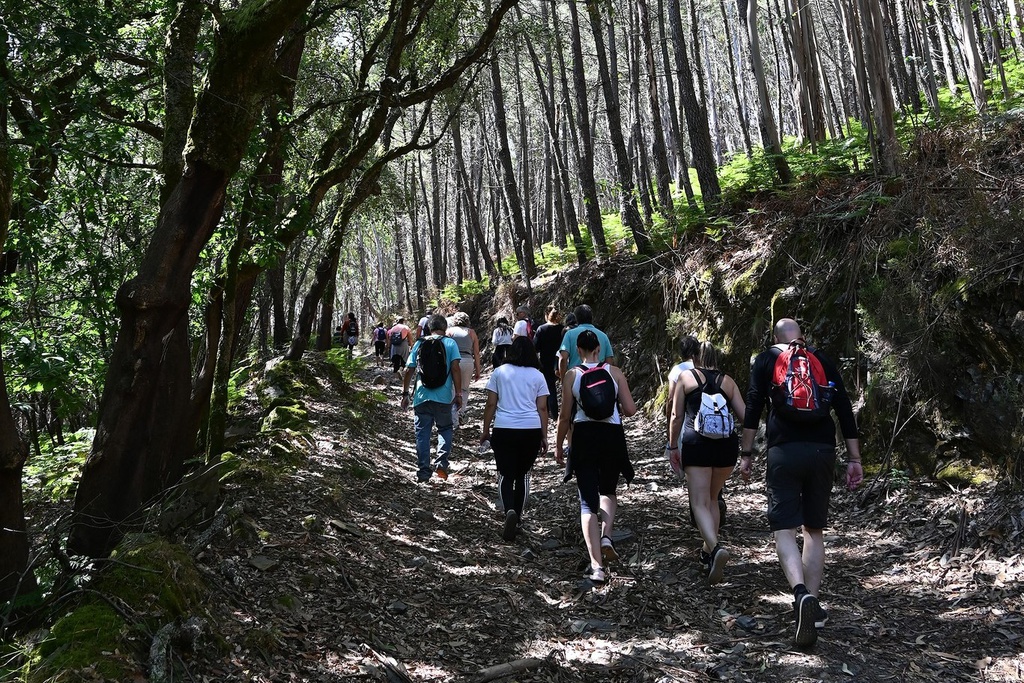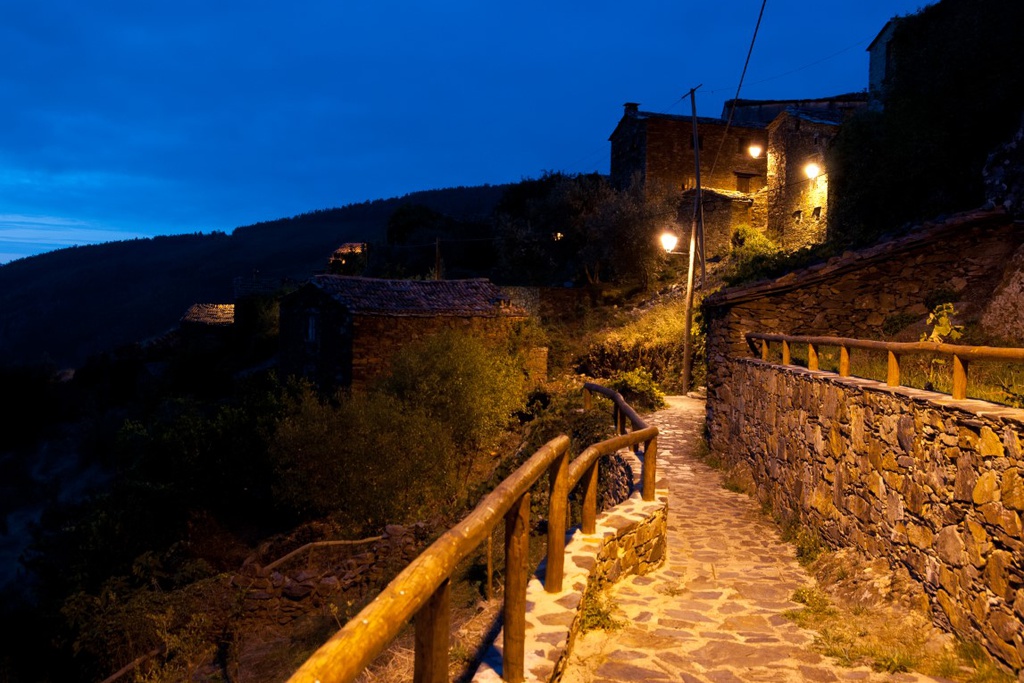The Pampilhosa da Serra Space Observatory, situated in the village of Porto da Balsa, received a new telescope that will be at the service of the Ministry of National Defence to monitor geostationary satellites.
According to Domingos Barbosa, a researcher at the Aveiro Telecommunications Institute, this means that the observatory now has a "unique capacity in Portugal to track and detect satellites as well as monitor space debris that can cause damage to those satellites".
Only authorities designated by the Ministry of National Defence, the Telecommunications Institute andcertified institutions can operate this new device. Domingos Barbosa pointed out that, at the moment, this is the “flagship radio astronomy station on mainland Portugal and the only complete station - radio astronomy and optical observation -" in all of Portugal, including the islands.
In addition to the research aspect, these characteristics also make this an area with a strong propensity for astrotourism. According to Domingos Barbosa, an in-depth study is being carried out, in collaboration with the Town Council, "to have a visiting regime permitting visitors at the installation”, and even some tourists, "so that they can bring their own instruments", and operate them for fun.
The researcher also stressed that other types of activities are taking place in Pampilhosa da Serra, "concerted efforts with the tourism authorities", such as the Dark Sky Aldeias do Xisto project, "that will have its epicentre in Pampilhosa da Serra". Domingos Barbosa hopes that this will be another factor in attracting people, and that scientific tourism will also be a focus"with scientists and researchers regularly using these infrastructures".
The Pampilhosa da Serra space observatory is a structure that serves space science and the European aerospace industry. In addition to the new telescope, the site already had two radio telescopes. One of them is currently being fitted with a space radar, while the other is used for training in astrophysics, astronomy, and space science.











